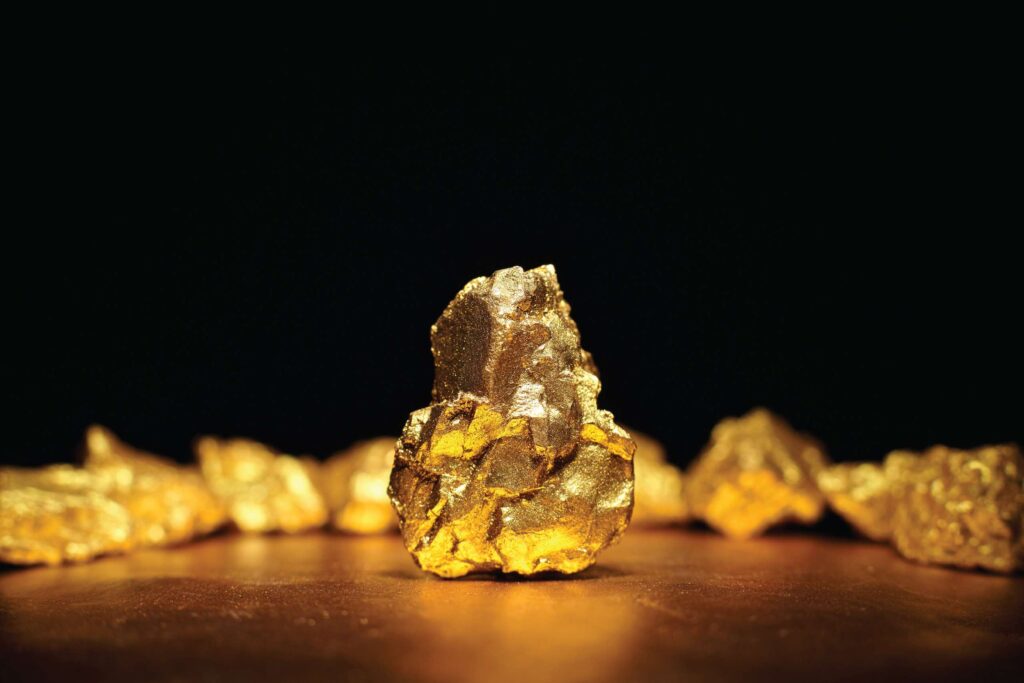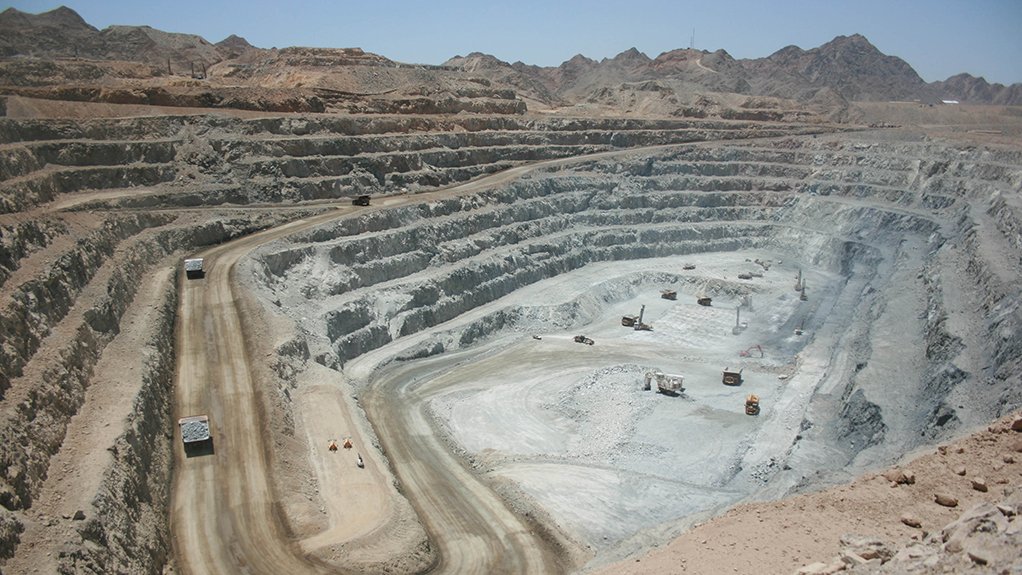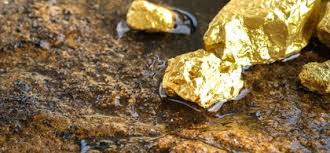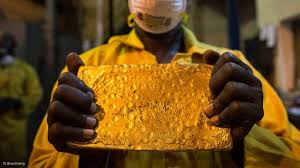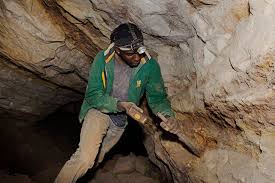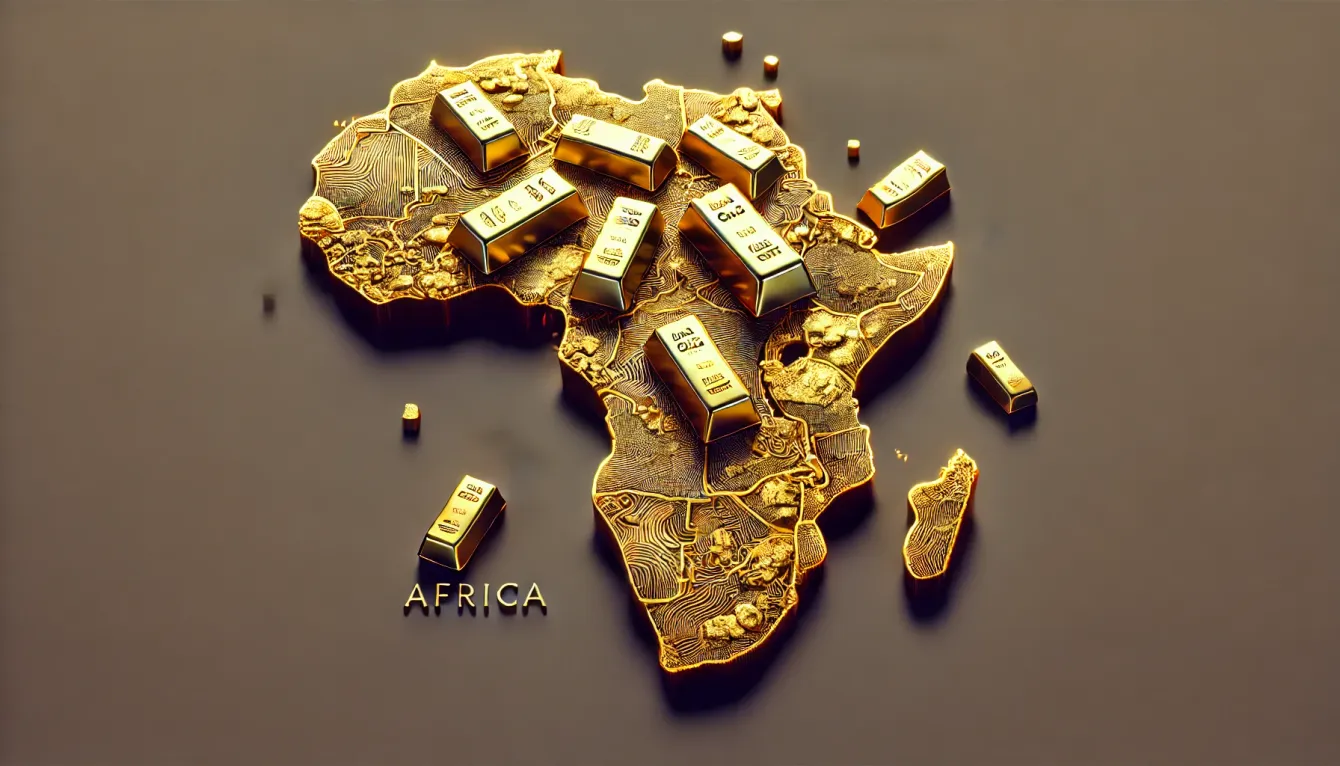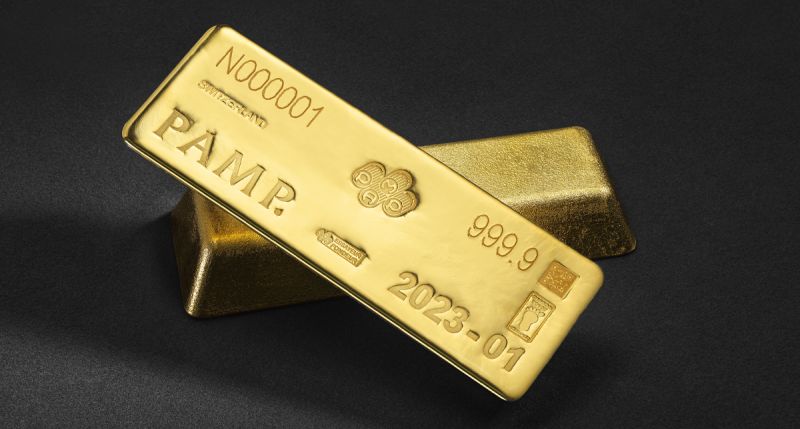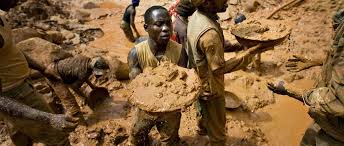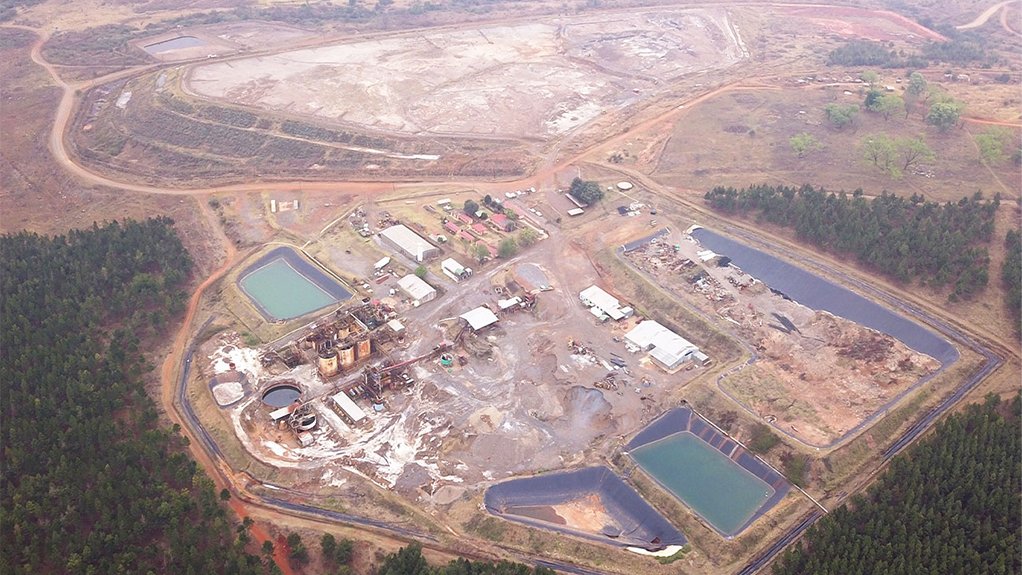Precious Metals

Science drives China’s westward expansion in Africa
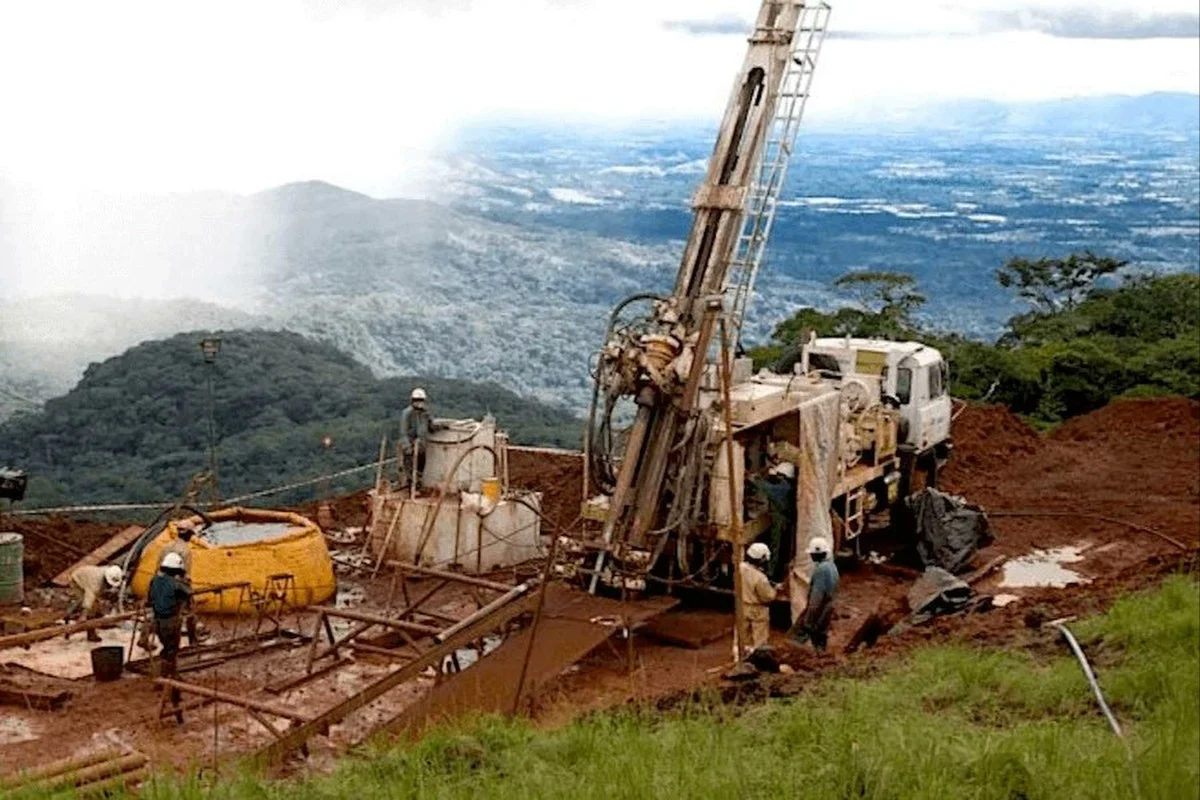
Discoveries of large untapped mineral deposits in West Africa are behind Beijing’s push to invest heavily in exploration and mining
For decades, China’s influence in Africa has been concentrated in the eastern part of the continent. In recent years, a clear westward expansion has emerged, drawing attention from the United States and several western European nations.
Many analyses have framed this shift as geopolitically driven – a strategic effort by Beijing to erode Western nations’ traditional interests on the continent, with particular attention paid to political and military cooperation between China and West African countries.
Yet a new study suggests there may be deeper, more fundamental forces shaping this transformation. Advances in geological understanding of the African continent are challenging long-held assumptions about its mineral potential – and reshaping investment and exploration strategies, particularly those of Chinese companies.
A research team led by Chen Xifeng, senior engineer with the Development Research Centre of the China Geological Survey and the China-Arab States Geosciences Cooperation Centre, has for the first time systematically compiled the latest scientific understanding of West and Central Africa’s geology, many produced by China-led surveys in recent years.
Their paper, published on October 9 in the peer-reviewed journal China Mining Magazine, identified the mineral types most strategic to China and forecast key future exploration frontiers.
“Since the 21st century, West and Central Africa have continuously seen important exploration progress, and a number of Chinese enterprises have already achieved significant outcomes in exploration and development cooperation in these regions,” Chen and his colleagues wrote.
How China is reshaping its economic ties with Africa
“However, there remains a lack of systematic research on mineral exploration progress across Africa since the new millennium, preventing a comprehensive and continent-scale understanding of the overall trends, distribution of newly discovered major deposits, patterns of resource growth, and the dominant deposit types and metallogenic epochs.”
Scientists’ understanding of Africa’s geological architecture has evolved significantly over the past two decades, according to the study.
Major mineral discoveries have overturned previous misconceptions about the continent’s resource endowment.
For instance, Africa was once widely regarded as iron poor. But in West Africa, an ancient craton – formed long before the Cambrian explosion of life – has been revealed to host what may be the largest high-grade, open-pit iron ore deposits on Earth.
The Simandou iron deposit in Guinea, discovered as early as 1898 but only systematically explored in the 21st century, now holds an estimated 26.5 billion tonnes of iron ore with high iron content, positioning it as one of the world’s most significant undeveloped iron resources, according to Chen’s team.
Similar breakthroughs have occurred in copper and lithium. The Central African Copperbelt – stretching across the Democratic Republic of Congo and Zambia – has yielded some of the most spectacular copper discoveries of the new millennium.
The Kamoa-Kakula copper deposit in the DR Congo, co-owned by Ivanhoe Mines and Zijin Mining, is now recognised as the largest copper discovery of the 21st century, with combined reserves and resources exceeding 426 million tonnes of copper at high grades.
Chinese companies are expanding into West Africa after discovering large mineral deposits. Photo: Shutterstock
Chinese companies are expanding into West Africa after discovering large mineral deposits. Photo: Shutterstock
Meanwhile, lithium exploration in Central Africa has uncovered world-class hard-rock pegmatite deposits. The Manono lithium-tin project in the DR Congo contains an estimated 13.49 million tonnes of lithium oxide, potentially making it the world’s largest undeveloped hard-rock lithium resource.
In other parts of West Africa, discoveries have been equally transformative, according to Chen’s team.
Guinea, also known as the “aluminium capital of the world”, has seen its bauxite resources balloon to over 20 billion tonnes – accounting for nearly 94 per cent of Africa’s bauxite exploration increases since 2000. Major deposits such as Sangaredi, Boffa, and Labe have become central to global aluminium supply chains.
Gold exploration has also surged, especially in Burkina Faso, Mali and Ghana, where more than 290 gold deposits have seen significant resource upgrades since 2000, mainly of the orogenic type, hosted in the West African Craton.
The study concludes that gold, copper, iron, bauxite, nickel, uranium and lithium are the most critical minerals, with the greatest exploration advances occurring in Precambrian cratons – particularly the West African Craton, Congo Craton and Kalahari Craton.
The most promising deposit types include orogenic gold, sandstone-hosted copper-cobalt, lateritic bauxite and pegmatite-hosted lithium.
These scientific revelations have prompted Chinese mining and exploration firms to intensify their investment in West and Central Africa. Unlike earlier government-led infrastructure and aid projects, this mineral-driven expansion is rooted in commercial incentives and underpinned by cutting-edge geological research.
The main driver is not state-directed diplomacy, but rather China’s manufacturing base, which demands vast quantities of raw materials – from iron and bauxite to copper, cobalt and lithium – for its steel, aluminium, battery and electric vehicle industries.
As a result, the growth of Chinese presence in West Africa is larger in scale, more diversified in form and potentially more sustainable than previous state-led initiatives. It is increasingly driven by private-sector engagement, joint ventures and technical cooperation, rather than concessional loans or diplomatic agreements alone.
This shift poses a challenge to US and allied strategies, which have traditionally relied on diplomatic pressure, military influence and ideological competition to counter perceived Chinese encroachment. Such political tools may prove less effective in the face of a resource-driven, market-based expansion rooted in scientific and industrial imperatives.
Looking ahead, the authors proposed a “geology-go-first” strategy, a science-led, industry-driven approach that is less visible but potentially more enduring than past models.
Among the ongoing projects, China “should strengthen mineral exploration and development cooperation with West and Central Africa. In particular, cooperation in West Africa should focus on orogenic gold deposits in Burkina Faso, Mali, Ghana and [Ivory Coast], as well as lateritic bauxite and BIF-type iron deposits in Guinea,” Chen’s team said.
“In Central Africa, priority should be given to sandstone-hosted copper-cobalt deposits within the Central African Copperbelt.”




